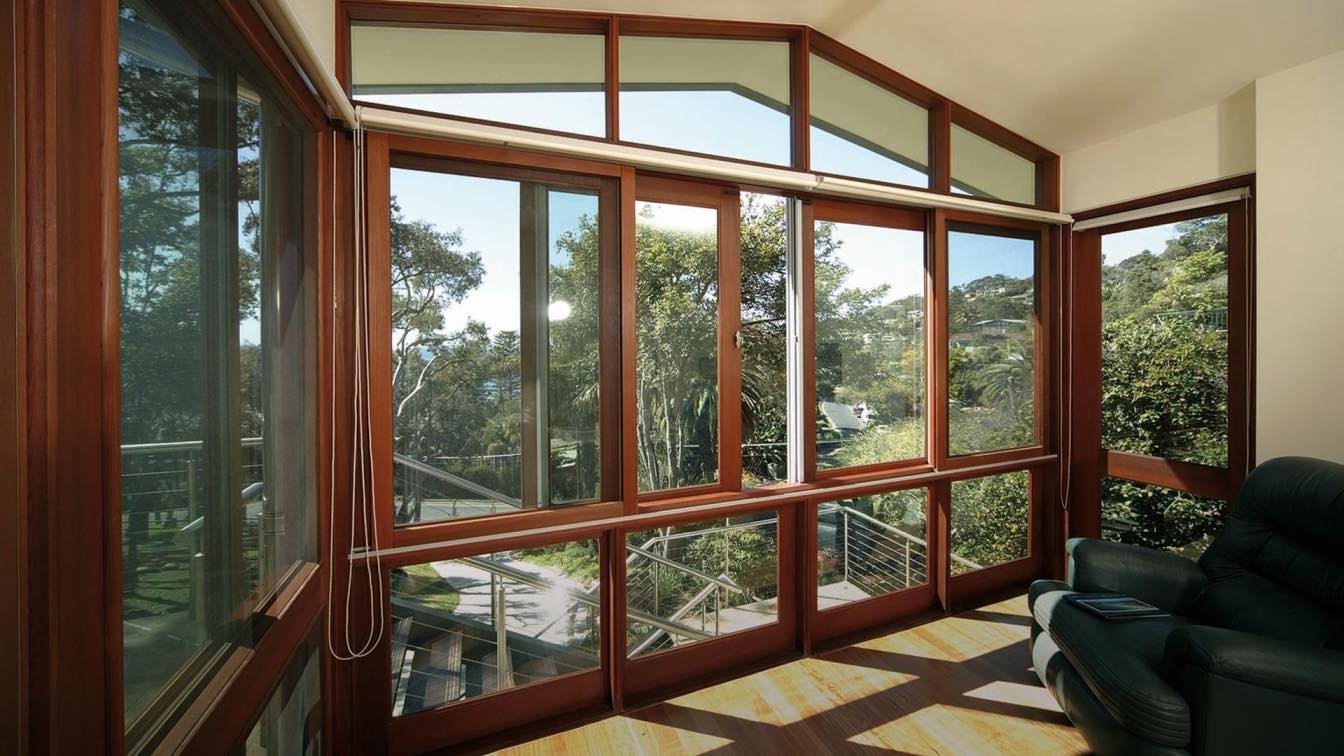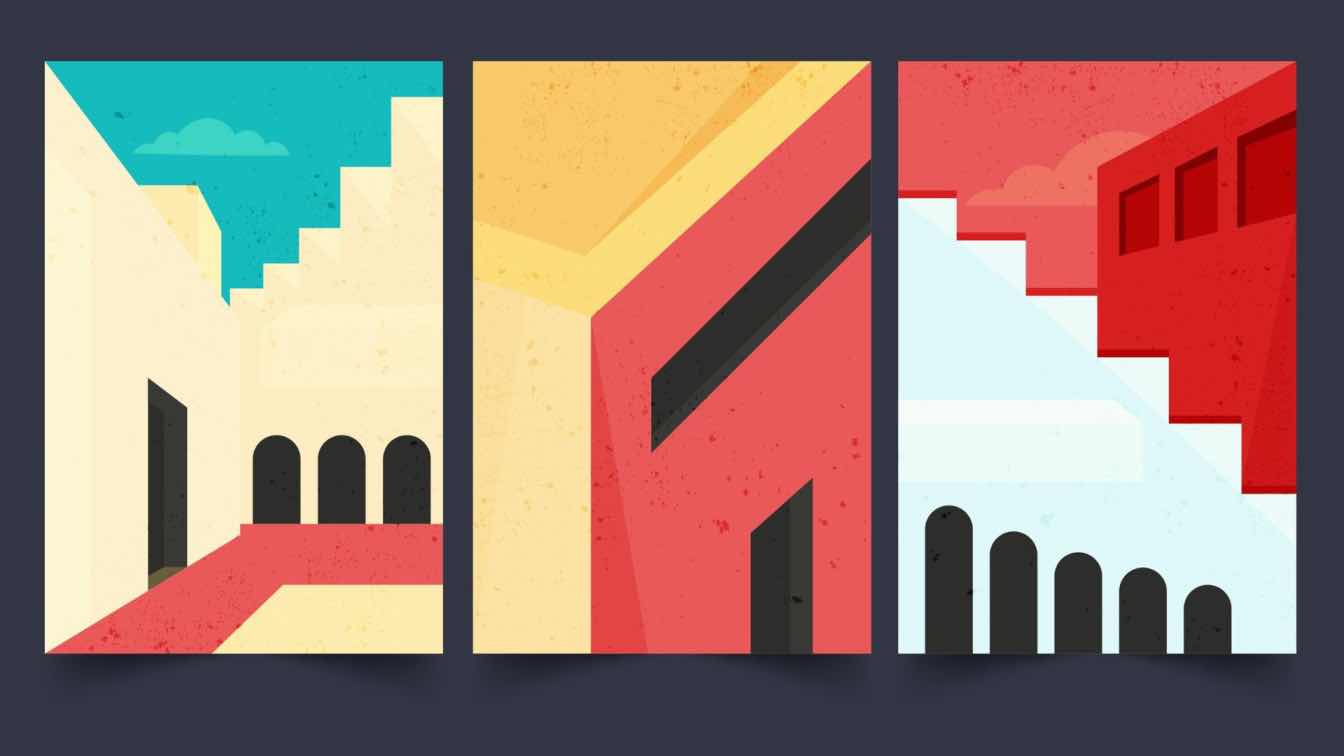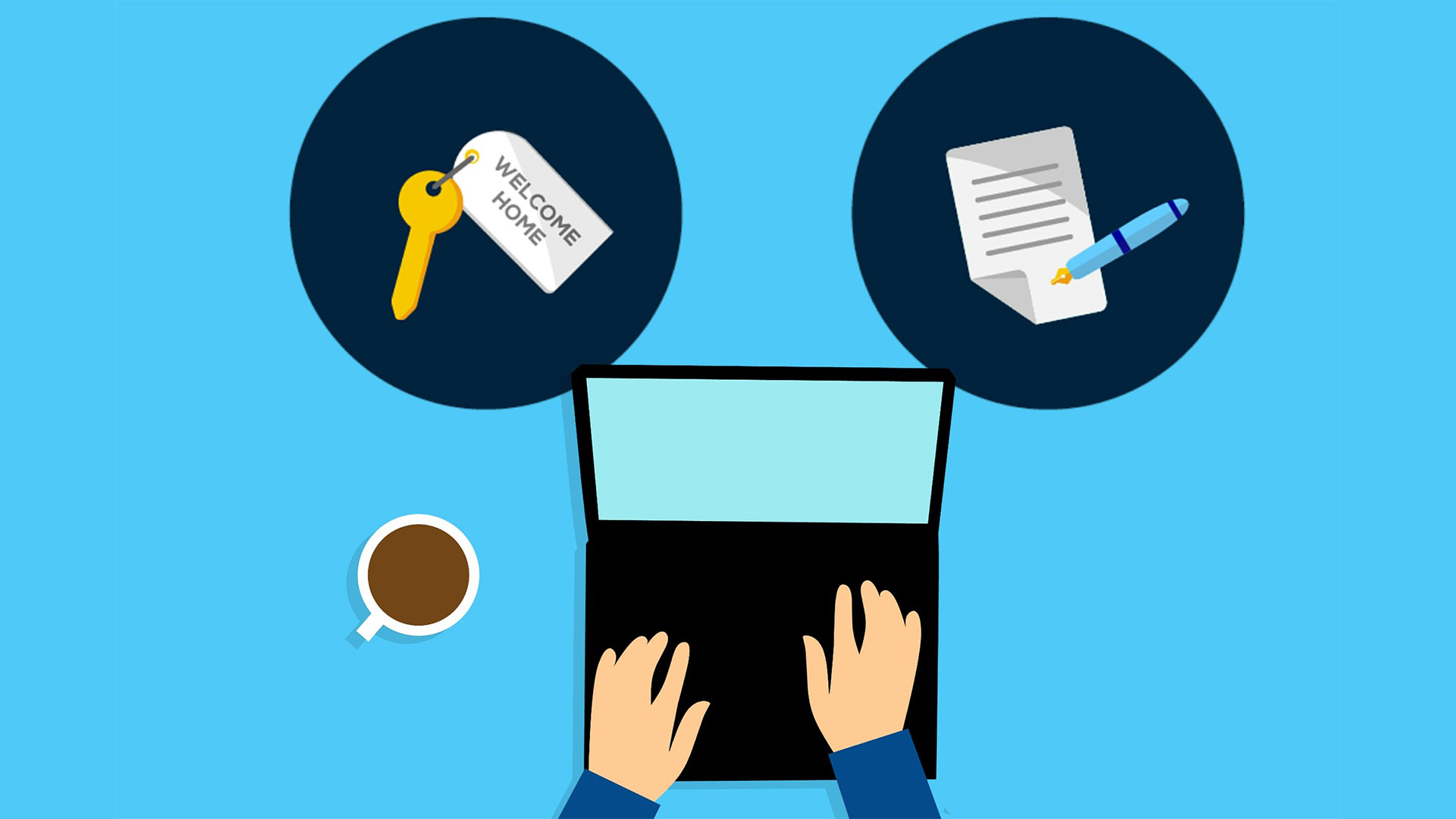In the ever-evolving design world, professionals must do more than simply create aesthetically pleasing visuals or functional layouts. Collaborating effectively with clients is just as crucial as the technical skills required for the job. Whether working in architecture, graphic design, UX/UI, or interior design, professionals must navigate a balance between creative vision and practical implementation. Meeting client demands goes beyond delivering a finished product; it requires a deep understanding of their expectations, clear communication, and the use of the right tools. Successful designers are those who can not only interpret what a client wants but also educate them on design principles and offer innovative solutions. By refining collaboration strategies, design professionals can improve client satisfaction, enhance project efficiency, and foster long-term relationships.
Understanding Client Needs and Expectations
A fundamental step in any design project is gaining a clear understanding of what the client envisions. Many projects fail or require extensive revisions simply because initial discussions were not detailed enough. This makes thorough consultations a non-negotiable aspect of the process.
When engaging with a client for the first time, designers should focus on extracting as much information as possible about their goals, audience, budget, and overall vision. Open-ended questions help clients articulate what they might not be able to put into words themselves. It is also beneficial to define project scope, deliverables, and success metrics early on. By setting clear expectations, both the designer and the client can avoid confusion and last-minute changes that can derail progress.
Managing expectations is just as important as understanding them. Clients who are not familiar with the design process may have unrealistic assumptions about timelines or feasibility. A designer’s role includes not only fulfilling requests but also guiding clients toward practical and achievable outcomes. Transparency about what can and cannot be done will prevent disappointments later in the project. Many successful design firms, such as JBD Concepts, emphasize the importance of client-centered design strategies.
Effective Communication Strategies
One of the most effective ways to bridge communication gaps is through visual aids and prototypes. Words alone may not always convey design concepts effectively, so providing sketches, wireframes, or digital mockups can help clients better understand the direction of a project. This approach not only reduces misinterpretation but also allows for constructive feedback before too much time is invested.
Maintaining consistent communication throughout the project is equally vital. Clients appreciate regular updates, even if there is no major progress to report. Checking in periodically reassures them that their project is moving forward and keeps them engaged in the process. Additionally, when challenges arise, proactive communication helps resolve issues before they escalate into larger problems.
Leveraging Collaboration Tools and Technology
Technology has revolutionized the way design professionals collaborate with clients. Gone are the days of lengthy email chains and clunky file transfers. Modern project management tools and cloud-based design software enable seamless communication, real-time feedback, and streamlined workflows.
Tools like Asana, Trello, and ClickUp help keep projects organized by tracking progress, assigning tasks, and setting deadlines. For designers working on visuals, Figma, Miro, and Adobe Creative Cloud allow for real-time collaboration, enabling clients to provide immediate input on design elements. These tools help eliminate guesswork and ensure that all stakeholders remain aligned throughout the project.
Automation and artificial intelligence are also playing an increasing role in design workflows. AI-powered design suggestions, automated prototyping, and smart revision tracking are reducing manual effort, allowing designers to focus on creativity rather than administrative tasks. By embracing these technological advancements, design professionals can work more efficiently and enhance their ability to meet client demands.
Balancing Creativity with Practicality
Design is often a balancing act between artistic vision and real-world constraints. While clients may have ambitious ideas, budget limitations, branding guidelines, or industry regulations can impose restrictions. A skilled designer knows how to navigate these limitations while still delivering innovative and impactful work.
One of the challenges professionals face is educating clients about design principles without dismissing their preferences. Some clients may request design elements that are visually or functionally ineffective, and it is the designer’s responsibility to offer alternatives that maintain the integrity of the project. Instead of outright rejecting an idea, explaining why a particular approach works better can foster mutual understanding and trust.
Building Long-Term Client Relationships
A successful project should not mark the end of a client relationship. Design professionals who cultivate long-term partnerships benefit from repeat business, referrals, and a solid reputation. One way to achieve this is by providing post-project support, such as follow-up meetings, minor adjustments, or guidance on how to maintain and use the final product effectively.
Reliability and consistency are key traits that build trust. Meeting deadlines, honoring commitments, and maintaining professionalism in all interactions create a positive experience that clients will remember. Over time, these relationships can evolve into long-term collaborations that benefit both the designer and the client.
Conclusion
Effective collaboration is the foundation of a successful design career. By deeply understanding client needs, maintaining clear and open communication, leveraging modern tools, and balancing creativity with practicality, design professionals can consistently deliver exceptional results. Beyond completing projects, fostering long-term client relationships ensures sustained success in a competitive industry.





